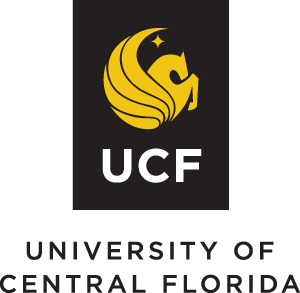Increasing enrollments, reducing time to degree, and breaking the compromise between access, quality, and cost through flexible online offerings at the University of Central Florida


Challenge
How might we create high quality, flexible, and dynamic online offerings to increase access, growth, and student success without compromising on quality?
Strategy
Six-pronged effort:
- Began building online courses in 1996, informed by research from a professor and graduate student in the College of Education and driven by the need from online students at a partner institution
- Developed a strong focus on instructional quality by providing professional instructional designers to work closely with faculty to develop and refresh courses
- Mandated and provided a $3,000 stipend for 80 hours of required training for faculty prior to teaching students in online courses, as well as making sure not to have separate faculty for teaching online courses only
- Used senior faculty to set the example by asking them to be the first to teach online in order to both demonstrate the value to and establish a norm for online teaching for faculty at all levels
- Built an 80+ person team, focused on getting both the front-end and the back-end right, to run online operations and provide consistent, high quality support to faculty at scale; at a total annual cost of $8.6M and covered predominantly by an $18/credit hour distance learning fee, the Online@UCF team includes members dedicated to course design and development, research and evaluation, infrastructure and compliance, and internal administration
- Later, made the online offering more unique by developing and using a dynamic model in which students can easily change their mix of courses in different modalities from semester to semester
Outcome
The various efforts and new dynamic model for online education have helped UCF break the compromise between access, quality, and cost for students—enabled by a systematic approach to online course design, evaluation, training, support, and technological and administrative infrastructure. Some highlights of their impact include:
- Increased access: flexibility offered to students removes geographic and scheduling barriers to access, with recent credit hour growth almost entirely from online modalities (video, blended, and entirely web-based courses), which reached 40% of all credit hours in FY2016
- Improved student outcomes: time to degree is lower (e.g., FTIC students taking 21-40% courses online complete in 4.1 years versus 4.3 years with all face-to-face courses, and only 3.7 years when taking 61-80% online); success rates (% receiving A, B, or C grades) are high, with blended courses have ~3 percentage point higher success rates than face to face courses
- Cost savings: up to 32% lower marginal cost per undergraduate SCH for online versus F2F courses, mostly due to larger class sizes (51 versus 30) and avoided operations and maintenance costs
Ready to take action?
Brainstorming prompts for you and your team to consider
Learn more about pedagogy & digital learning from our research
Institution

Enrollment
71,948
Pell Recipients
31%
Students of Color
54%
Net cost of Attendance
$22,849 (in-state)
